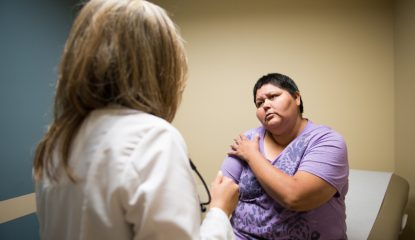Pandemic Stimulus Funds Remaking Lansing’s Public Health Programs
By Consumers for Quality Care, on May 4, 2022

In an underserved neighborhood of Lansing, Michigan, a health clinic, which is being built with nearly $900,000 in federal pandemic relief funds, could transform the community’s access to care, according to The New York Times.
In Michigan and in other states, stimulus aid for cities and counties has been used more quickly than billions in state-designated funds, some of which remain tied up in legislatures deadlocked over how to spend them. Many cities and counties say the relief funds have provided an opening to improve chronically underfunded public health systems and address entrenched health disparities that have been exacerbated by the COVID-19 pandemic.
Of the $350 billion for states and localities in the American Rescue Plan Act (ARPA), $195 billion went to state governments, with another $130 billion directed toward cities, counties, and other local governments, which were given broad discretion over how to spend the money.
Nearly $60 million was sent to Ingham County, home to almost 300,000 people in Lansing and its suburban and rural surroundings. Nowhere is the money’s effect clearer than the Allen Neighborhood Community Health Center. The neighborhood this clinic will serve has more than 17,000 residents and is roughly 20 percent Black, 12 percent Hispanic, 60 percent white, and 3 percent Asian. Roughly 25 percent of the community lives below the poverty level.
Ingham County’s medical director, Dr. Adenike Shoyinka, called the investment in the Allen clinic a “template” for how to reshape public health programs in Lansing. CQC urges lawmakers and community leaders to continue making investments in public health systems, particularly in underserved communities, to address health disparities and improve outcomes for all consumers.



